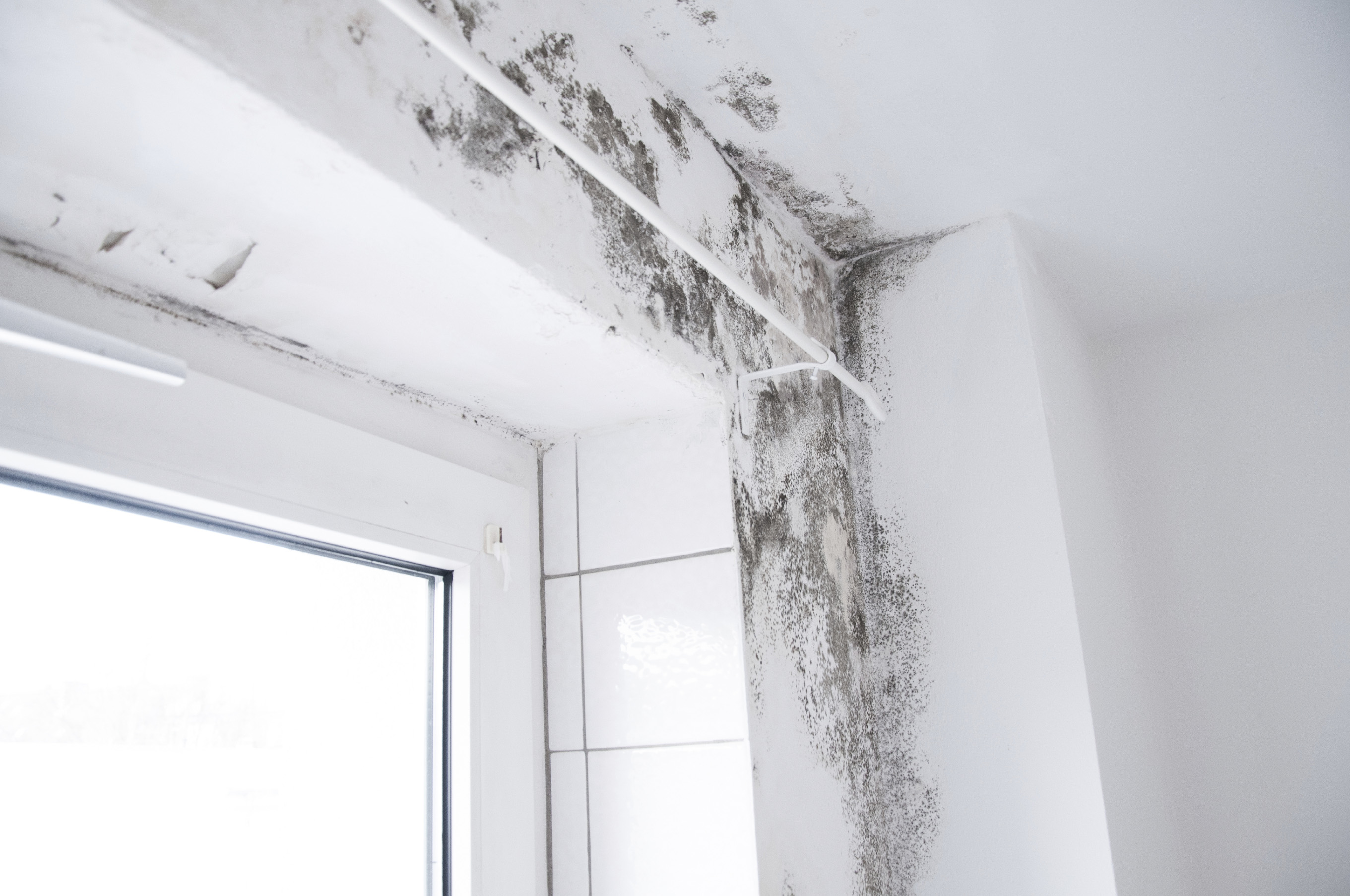
Mold is insidious and occurs where moisture collects in a home. Once you get mold in your home, it can cause

cosmetic damage, stains to furniture and drywall and reduce the quality of indoor air. Worse still, it can cause rot in wood and this may compromise the structure of the home. As with all things, prevention is the best cure, so here are some ways to stop moisture from collecting in the first place.
Prevent Mold in the Attic
Mold often occurs on roof decking as a result of poor ventilation or roof leaks. Attics need to be ventilated in order to prevent moisture from building up. Adequate soffit ventilation needs to be installed and care should be taken not to block these vents with insulation.
The ratio of attic ventilation is one square foot of net-free ventilation for every 150 to 300 square feet of attic space with a vapor barrier in place or to 1:150 with no vapor barrier. Consult your local building code requirements, climate zone and roof design to determine the most effective attic ventilation.
One of the most popular designs is a soffit-to-ridge design which entails installing louvered vents along the length of the soffits and continuous vents along the roof ridge (stopping at least 12 inches from the gable wall or ridge end). This allows air to move freely from soffit to eve throughout the roof system with no hot or cold spots.
Don’t store items in the attic where they can compress insulation and cover attic vents.
Another way to prevent moisture from collecting in the attic is to vent appliances and bathrooms outside of the home. Bathroom and kitchen fans and dryers should never be vented into the attic.
Prevent Mold in the Bathroom
Ensure that bathrooms have fans vented outdoors that can remove moisture from the room. Ensure that grout and caulking is well maintained to prevent moisture from getting into wall and floor spaces.
Preventing Mold in the Basement
The grade of the property should slope away so that water will flow away from the home, rather than towards it. Install downspouts and the outlet pipes from sump pumps as far away from foundation walls as possible.
Ensure that your basement windows have a window well with a drain and are at least 4-6 inches above the grade.
New homes need ventilation and time for all building materials to dry properly and the resulting moisture to leave the home; especially if the home envelope is very tight. When your home envelope is especially efficient, consider installing a mechanical ventilation system that can both improve the indoor air quality and allow moisture trapped inside the home to escape.
